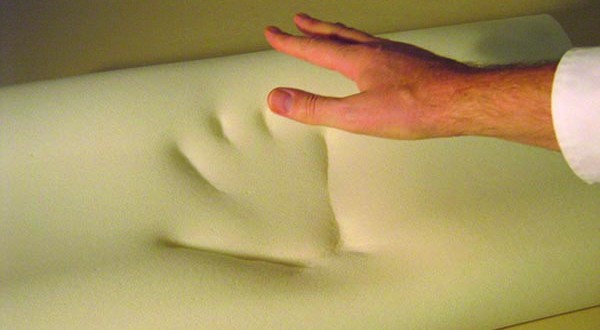Turkey’s mattress industry has grown fast especially in last decade. From mattress ticking fabrics to springs and foams, from mattress machinery to chemicals the industry has been continuing its revolutionary trends. The sector has international award-winning compounds and worldwide competitive manufacturing lines. The industry has a worldwide reputation in innerspring mattresses and has a lot to say in the memory foam industry especially in the last 5-6 years.
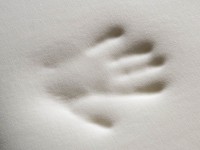 What is memory foam?
What is memory foam?
First designed in the mid-1960s for NASA airplane seats to improve the safety of aircraft cushions. Ames scientist Chiharu Kubokawa and Charles A. Yost of the Stencel Aero Engineering Corporation were major contributors to this project. The temperature-sensitive memory foam was initially referred to as “slow spring back foam”; Yost called it “temper foam”.
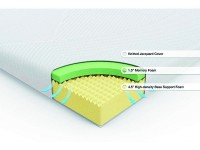 Memory foam is made from a substance called viscoelastic. It is polyurethane with additional chemicals increasing its viscosity and density. It is often referred to as “viscoelastic” polyurethane foam, or low-resilience polyurethane foam. Higher-density memory foam softens in reaction to body heat, allowing it to mold to a warm body in a few minutes. Faster speed of recovery of foam to its original shape after a weight is removed is sometimes claimed as an advantage by memory-foam mattress producers, who may talk of “newer generation” foams with “faster recovery.”It is both highly energy absorbent and soft. Memory foam mattresses offer a few differences from standard mattresses, and should be considered as an option when you explore options to find the best mattress to meet your sleep needs.
Memory foam is made from a substance called viscoelastic. It is polyurethane with additional chemicals increasing its viscosity and density. It is often referred to as “viscoelastic” polyurethane foam, or low-resilience polyurethane foam. Higher-density memory foam softens in reaction to body heat, allowing it to mold to a warm body in a few minutes. Faster speed of recovery of foam to its original shape after a weight is removed is sometimes claimed as an advantage by memory-foam mattress producers, who may talk of “newer generation” foams with “faster recovery.”It is both highly energy absorbent and soft. Memory foam mattresses offer a few differences from standard mattresses, and should be considered as an option when you explore options to find the best mattress to meet your sleep needs.
What is memory at humans?
The ability of a human brain to store memories and then recall them at a moment’s notice is one of the most remarkable capabilities of the human body. It gives us 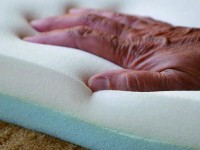 the ability to recall critical skills for survival, meaningful life moments, and both positive and negative experiences that guide our daily lives and shape our perspectives. Many discoveries in our lives have been made by imitating the humans’ or animals’ functions, organs, abilities or systems. As technological advances continue to revolutionize the way humans function, a great deal of scientific research has focused on finding ways to produce products that replicate aspects of the human memory to enhance our daily lives; one of which is the discovery of smarter sleep surfaces. Although initially the cost of memory foam material was very expensive, advances in its production have reduced the cost, making it more affordable for widespread use. And, one of the most common products boasting the benefit of this material is the mattress business.
the ability to recall critical skills for survival, meaningful life moments, and both positive and negative experiences that guide our daily lives and shape our perspectives. Many discoveries in our lives have been made by imitating the humans’ or animals’ functions, organs, abilities or systems. As technological advances continue to revolutionize the way humans function, a great deal of scientific research has focused on finding ways to produce products that replicate aspects of the human memory to enhance our daily lives; one of which is the discovery of smarter sleep surfaces. Although initially the cost of memory foam material was very expensive, advances in its production have reduced the cost, making it more affordable for widespread use. And, one of the most common products boasting the benefit of this material is the mattress business.
Among the many features of memory foam, its high-density foam composition is both highly soft and energy absorbent, making it an ideal surface for sleeping. Memory foam molds to the body in response to heat and pressure, evenly distributing body weight. It then returns to its original shape once you remove the pressure. In addition to protecting against impact, these properties make memory foam very comfortable.
What are the benefits of memory foam?
Memory foam mattresses are made of memory foam as materials with the features of reducing pressure, slow spring-back effect, temperature sensitiveness, breathability, antibiosis and anti-mite effect. The mattresses can effectively reduce body pressure and become soft or hard depending on body temperature, which rectifies body shape to naturally touch and support human body. Medical science proved that the mattress could efficaciously relieve aches of skeleton and muscle, helping to cure an unsound cervical vertebra and lumbar vertebra. Besides, it will lower the frequency of snore and turning over, ensuring a deep and better sleep.
Some experts say that some sleep technology, such as memory foam, is relatively new, so it hasn’t been well studied. But perhaps one of the more difficult stumbling blocks to testing the health benefits of mattresses such as memory foam is the subjective nature of sleep. It is simply difficult to measure. Sometimes the brain’s electrical activity, measured with an electroencephalogram (EEG), and other findings recorded during a sleep test don’t always match up perfectly with a person’s subjective experience,
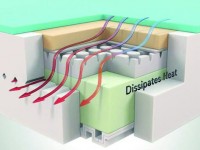 What are the disadvantages of memory foam?
What are the disadvantages of memory foam?
Some experts say that memory foam products may retain body heat, which could make them less comfortable in warm weather. It is not only sensitive to temperature, but it can store heat. Because of that, if you don’t have an air conditioner in hot summer, you had better choose a well breathable memory foam mattress. Some others say, “In our culture, most people can adjust their thermostats or blankets for the appropriate season.” When new, memory foam can produce an odd chemical smell — a phenomenon called offgassing. To minimize this problem, the Sleep Products Safety Council, a sleep products trade group, recommends airing out the mattress or pad for at least 24 hours before putting sheets on it. If you follow directions, the smell dissipates quickly.
Are memory foam products safe for young children?
Using this and similar very soft materials for use in infants’ beds should be consulted with doctors who usually don’t recommend until certain ages. According to Amerisleep quotes: “Many people who have made the crossover from traditional innerspring mattresses to memory foam are enthusiastic about the benefits they have received. Naturally, they want to share their improved sleep experience with their children. But is memory foam appropriate for children? In general, a memory foam mattress is not a good idea for infants and toddlers. However, older children and teens can usually enjoy the benefits of memory foam without any issues or concerns. The biggest things to consider when addressing this question are the child’s age and size, the memory foam properties, and the mattress properties.”
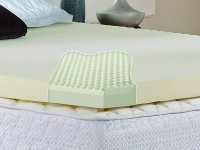 How economical?
How economical?
Memory foam was initially too expensive for widespread use, but became cheaper in the meantime. Its most common domestic uses are mattresses, pillows, shoes and blankets. It has medical uses, such as wheelchair seat cushions, hospital bed pillows and padding for people suffering long-term pain or postural problems; for example, a memory foam cervical pillow may alleviate chronic neck pain. Its heat-retaining properties may help some pain sufferers who find the added warmth helps to decrease the pain.
#Memory #foam #industry #safe #air #mattress #turkey
 SleepTech Magazine Mattress, Accessories, Machinery, Raw Materials
SleepTech Magazine Mattress, Accessories, Machinery, Raw Materials
